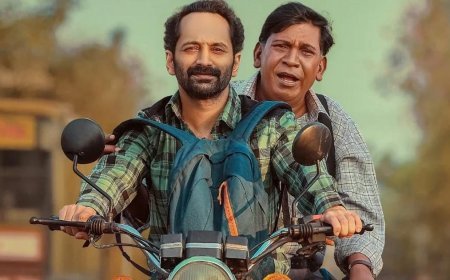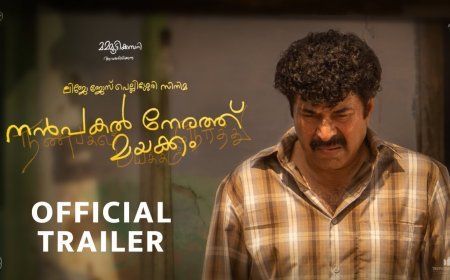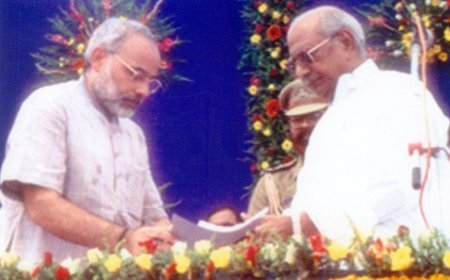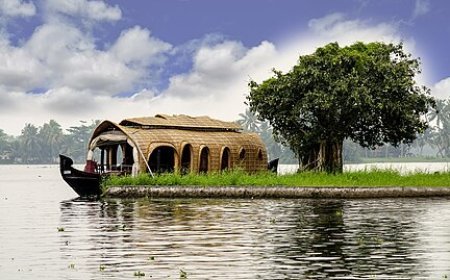The Strange World of Polyandry : One Woman, Many Husbands
Polyandry

The Marriage Tradition That Challenges Modern Ideas of Love and Family
In a world where headlines often focus on men with multiple wives — the age-old practice of polygyny — there exists a marriage tradition so rare and so unconventional that it seems almost fictional. Polyandry, where one woman marries multiple husbands (often brothers), quietly persists even today in small, secluded communities. While this may sound like something from a bold Netflix drama, it is, in fact, a living reality in parts of the world — including India, Nepal, and Tibet.
Polyandry isn’t about sensationalism; it’s about survival. It’s about ancient customs shaped by harsh geography, fragile economies, and the desire to keep families and property intact.
Inside the World of Polyandry: Where is it Practiced?
Himalayas: Where Brothers Share a Bride for Survival
High in the rugged terrains of Himachal Pradesh’s Kinnaur district and Ladakh, life isn’t easy. Land is scarce, resources are limited, and the climate is unforgiving. In tiny villages like Malang and Deorali, it remains common for brothers to marry the same woman. Why? Splitting small parcels of land among multiple heirs would reduce them to poverty. Polyandry keeps the land — and the family — united.
Nepal & Tibet: A Tradition Rooted in Survival
Across borders, in the remote mountain communities of Nepal and Tibet, similar traditions endure. Known as Fraternal Polyandry, this practice has long helped families survive by keeping property undivided and resources pooled. Before China's annexation of Tibet in 1950, such marriages were widespread among peasant farmers. Today, in isolated mountain villages, these customs quietly persist — untouched by modern legal systems.
The Nilgiris: The Disappearing Polyandry of the Todas
In the misty hills of Tamil Nadu’s Nilgiris, the indigenous Toda tribe once practiced polyandry openly. British colonial records from the 1800s even describe how a woman’s children would be legally acknowledged by whichever brother performed a symbolic bow-and-arrow ceremony. Though modernization has almost erased this tradition, elders still speak of its logic: survival through unity.
Modernity has nearly erased this practice, but elders still speak of its practical roots.
Why Polyandry Exists: It's More Practical Than Romantic
Despite sounding bizarre to outsiders, polyandry evolved from necessity, not from fantasy. Here’s why it has survived in isolated corners of the world:
-
Land Conservation: Prevents ancestral land from being fragmented into plots too small to sustain life.
-
Survival Strategy: Combines the labor and incomes of multiple husbands for household stability.
-
Population Control: Fewer wives mean fewer children — practical for resource-scarce regions.
-
Cultural Tradition: Passed through generations, often tied to religious and ancestral beliefs.
Polyandry Still Making Headlines in 2025
| Location | Recent Reports |
|---|---|
| Himachal Pradesh | Villages like Malang and Deorali continue practicing openly. |
| Nepal (Humla, Dolpa) | Families maintain ancient customs despite urbanization. |
| Ladakh | Polyandrous marriages documented as recently as 2023. |
The Human Cost: Challenges Behind Closed Doors
Though practical, polyandry is not without emotional and legal complications.
For Women:
Life in a polyandrous marriage is far from easy. Jealousy between brothers, unequal affection, and complex family dynamics often surface.
“Jealousy between brothers is common. Affection isn’t always shared equally,” confided a woman from Himachal Pradesh who wished to remain anonymous.
In the Eyes of the Law:
Modern laws, including India’s Hindu Marriage Act, do not recognize polyandrous unions. Families live in legal grey zones, with only one marriage legally registered, while the rest exist through tradition alone.
Is Polyandry Disappearing or Due for a Comeback?
With education, urban migration, and changing values, polyandry is fading fast. Younger generations increasingly see it as outdated. Yet, with the world facing population pressures, land scarcity, and debates on sustainable living, some anthropologists speculate that polyandry’s logic may one day re-emerge as a solution rather than a curiosity.
Polyandry in Media and Pop Culture
-
Documentaries by BBC, Al Jazeera, and National Geographic have spotlighted these families.
-
Fiction often borrows this concept in dystopian tales where population control is key.
-
Academic Texts cite polyandry as a creative adaptation to resource scarcity.
Final Reflections: Beyond Love, It’s About Survival
In an era focused on personal freedom and equality in marriage, polyandry remains a fascinating relic of humanity’s adaptability. It’s less about romance and more about collective survival. While the rest of the world debates rights and reforms, these remote communities remind us of a time when marriage was forged not by love or law but by sheer necessity.
While the world marches towards modern marriage equality and individual freedom, the practice of Polyandry remains a fascinating reminder of how humans adapt — not just to love, but to survive.
Did You Know?
-
In polyandrous families, the eldest brother usually acts as the head.
-
Children often call all brothers "father," though legal paternity is ambiguous.
What's Your Reaction?

















































































